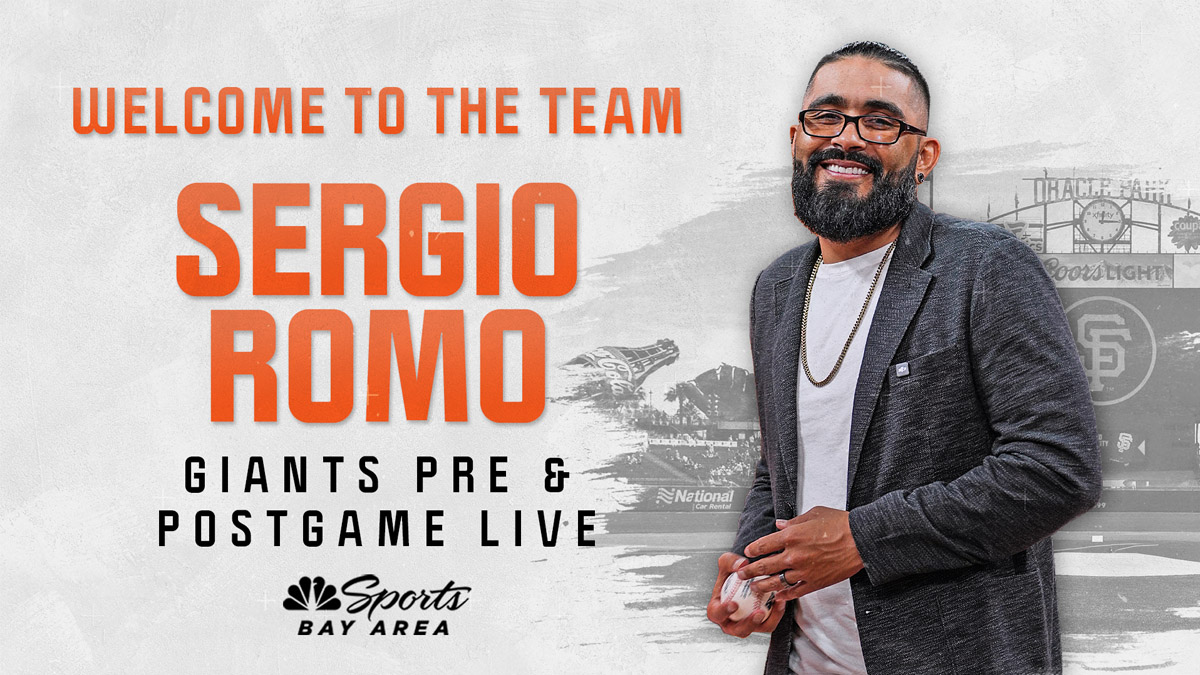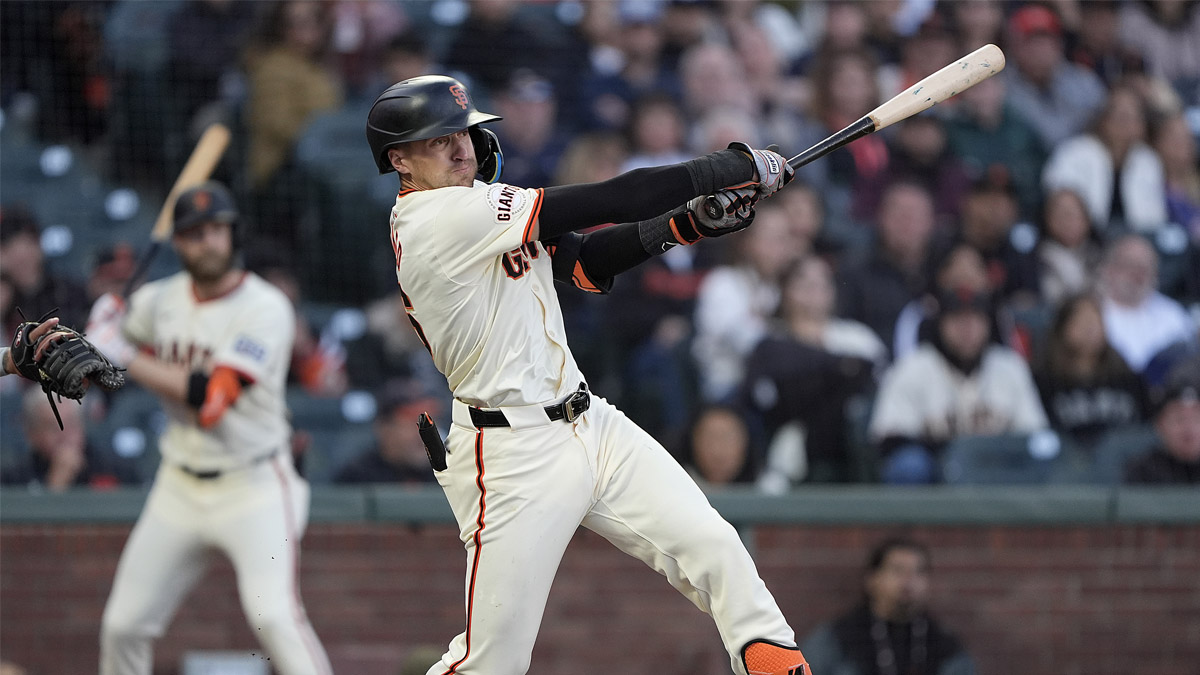After four years as a college point guard and more than two decades coaching basketball at the high school and college levels, Philip Mathews in 1996 entered his second season as coach at USF with a simple request:
He wanted a point guard he could trust. Nothing more.
"I need somebody like Nash," he concluded.
Mathews was referring to Steve Nash, who had just completed a stellar four-year career at rival Santa Clara and was preparing for his rookie season in the NBA.
After witnessing Nash lead the Broncos to two double-digit wins over his Dons the previous season, Mathews, like many coaches and scouts, was tricked into believing Nash was a good, solid point guard, the kind that might be seen running dozens of high school teams. You know, a coach on the floor.
No one could have known Nash would develop into an influential figure and all-time great, laying the blueprint Stephen Curry has modified and modernized.
"He was the first dude I remember seeing pull up from 3 on the break," Warriors guard Shaun Livingston recalls of Nash. "Crazy."
Sports
When Nash is inducted into the Naismith Memorial Hall of Fame this weekend -- he will be presented by Don Nelson, who coached him in Dallas -- he will enter as a two-time NBA MVP and eight-time All-Star whose 10,335 career assists rank behind only John Stockton and Jason Kidd.
Drafted by the Suns in 1996, Nash spent two seasons in Phoenix before being shipped to the Mavericks because Don Nelson, who had arrived as coach, believed Nash had the key attributes needed to maximize a fast-paced offense: Vision, anticipation, shooting ability and, above all, audacity.
"Nellie really was the guy who gave him the break that he needed when he signed him in Dallas to play that style, pairing him with Dirk (Nowitzki) and really getting him to unleash his offensive potential," Warriors coach Steve Kerr says.
Nelson traded for Nash on the night of the 1998 draft, maybe an hour or so after he had acquired the draft rights to Nowitzki. In their third season together the trio snapped a 10-year playoff drought in Dallas, and made the playoffs the next 12 seasons. The Mavs reached the Western Conference Finals in 2003.
"That was one of the better teams I've played against that didn't win a championship," Livingston says.
Nash, however, became a free agent after the 2003-04 season. When Phoenix presented an offer worth $65 million over six seasons, Nash gave Mavericks owner Mark Cuban a chance to match it. Cuban declined, and has since acknowledged it as his biggest mistake in 18 years as the team owner.
The Suns had hired Mike D'Antoni, another offensive-minded coach, and he saw in Nash the same qualities Nelson had seen: A bold and innovative passer, a fabulous shooter and someone who put teammates in position to thrive.
"He was my favorite player to watch when I first came into the NBA," says Livingston, who was drafted in 2004. "Everybody knew about Kobe Bryant and Allen Iverson. But when I matched up against Steve Nash, it was like, ‘Who is this guy?' He was unbelievable, had the right hand and the left hand, hook shots, 3-point pull-ups, runners. It was like he was a Create-a-Player in a video game."
Kerr has a unique perspective on Nash, having played against him in the NBA, been his general manager in Phoenix and now his supervisor with the Warriors, where Nash is a player-development consultant.
"He took it to another level in Phoenix, with another coach that really knew how to use him and had the talent around him to really bring out the best in him," Kerr recalls. "It took time for him to get there, but he went from being somebody who was a really good point guard you'd love to have on your team to being a Hall of Famer."
Back in '96, Philip Mathews wasn't asking for exceptional athleticism, someone that stood out at summer camps or dominated AAU games. He merely wanted someone with a mind for the game, making the right pass and hitting the occasional shot.
"Most coaches would have said the same thing about Steve," Kerr says. "The average fan wouldn't have been able to see it. But anybody who has coached would recognize his ability to run a team and set a tempo and create a culture."
Yet neither Mathews nor Kerr nor Nelson nor D'Antoni could have imagined a skinny Canadian teenager, invisible on national recruiting radar, with an unimpressive first two seasons, eventually playing his way into the Hall of Fame in his first year of eligibility.
All because Steve Nash never settled for being merely good.
Every coach on earth now wants "somebody like Nash." But they also realize they'll need massive luck to find someone with his internal drive, stretching his every asset as far as it can go.



